- Have any questions?
- +86-189 8930 5995
- sales@mosinterchem.com.cn
Citric Acid Monohydrate CAS5949-29-1

Ammonium Bicarbonate Food Grade CAS 1066-33-7
17/12/2018
Sodium Metabisulfite (Food Grade) CAS 7681-57-4
17/12/2018| Model: | MOS5949-29-1 |
| Brand Name: | MOSINTER |
| CAS No.: | 5949-29-1 |
| Purity: | 99.5% |
| Oxalic acid ≤: | 350ppm |
| Sulfate ≤: | 150ppm |
| Heavy Metal ≤: | 10ppm |
| Purity %≥: | 99.5 |
| Moisture %≤: | 9.0 |
| Appearance: | Colorless crystals or white crystalline powder |
| Al %≤: | 0.2ppm |
| Sulfated ash %≤: | 0.1 |
Citric Acid Monohydrate (CAS: 5949-29-1)
| Item | Index |
| Appearance | Colorless crystals or white crystalline powder |
| Purity %≥ | 99.5 |
| Oxalic acid ≤ | 350ppm |
| Sulfate ≤ | 150ppm |
| Heavy Metal ≤ | 10ppm |
| Moisture %≤ | 9.0 |
| Sulfated ash %≤ | 0.1 |
| Al %≤ | 0.2ppm |
CITRIC ACID MONOHYDRATE FOOD GRADE:
Applications
Food, Beverages, Flavour enhancer, Colouring, Preservative, Detergents, Cleaners,Pharmaceuticals, Cosmetics,Industrial and Chemical processing.
Packaging
25kg kraft bag
Packaging is compliant with regulations for materials intended to come into contact with food.
Storage
Store under dry and cool condition, and keep product air-tight.
Health and Safety Information
Contact with dry citric acid or with concentrated solutions can result in skin and eye irritation, so protective clothing should be worn when handling these materials.
Excessive consumption is capable of eroding the tooth enamel.
Contact to the eyes can cause a burning sensation, and may cause blindness with prolonged exposure in extremely high concentrations (as anything with low enough pH will).
Sometimes a high concentration of citric acid can damage hair and bleach it.
Local:
Citric Acid (2-Hydroxy-1,2,3-propanetricarboxylic acid, in IUPAC naming) is a colourless crystalline organic compound belong to carboxylic acid family. It exists in all plants (especially in lemons and limes) and in many animal tissues and fluids. In biochemistry, it is involved in important metabolism of almost all living things; the Krebs cycle (also called citric acid cycle or tricarboxylic acid cycle), a part of the process by which animals convert food to energy. Citric acid works as a preservative ( or as an antioxidant) and cleaning agent in nature. It is commercially obtained by fermentation process of glucose with the aid of the mold Aspergillus niger and can be obtained synthetically from acetone or glycerol. It can be used as an sour taste enhancer in foods and soft drinks. The three carboxy groups lose protons in solution; resulting in the excellent pH control as a buffer in acidic solutions. It is used as a flavouring, stabilizing agent and acidulant (to control acidity) in food industry, in metal-cleaning compositions as it chelates metals. Citric acid is available in forms of anhydrous primarily and in monohydrate, the crystallized form from water. The hydrated form will be converted to the anhydrous form above 74 C. Citrate is a salt or ester of citric acid. Citrates are formed by replacing the acidic one, two, or all three of the carboxylic hydrogens in citric acid by metals or organic radicals to produce an extensive series of salts, esters, and mixed (double) salts. Cirrates are used in food, cosmetics, pharmaceutical and medicine industries as well as in plastic industry; nutrient or food additives having functions of acidity regulator, sequestering and stabilizing agent, antioxidants synergist, firming agent; anticoagulant for stored whole blood and red cells and also for blood specimens as citrates chelate metal ions and saline cathartics, effervescent medicines; high boiling solvent, plasticizer and resin for food contact plastics.
You must be logged in to post a review.

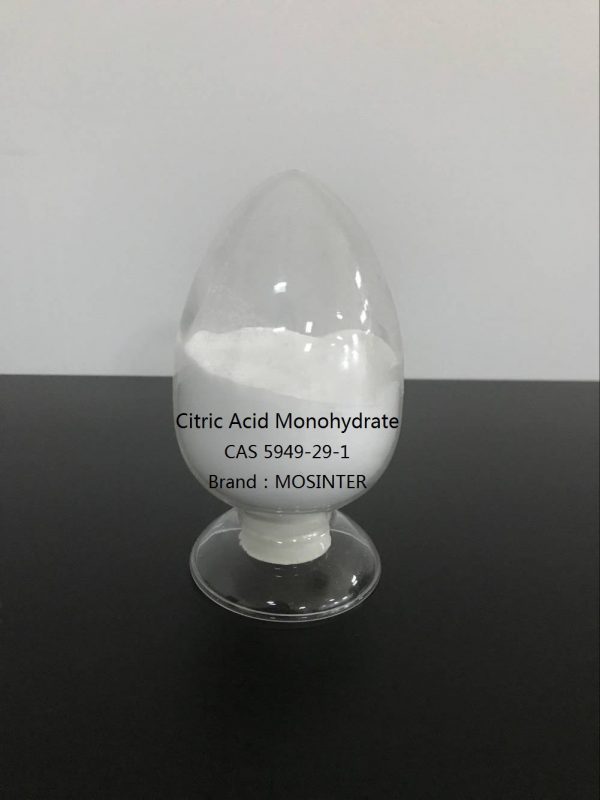
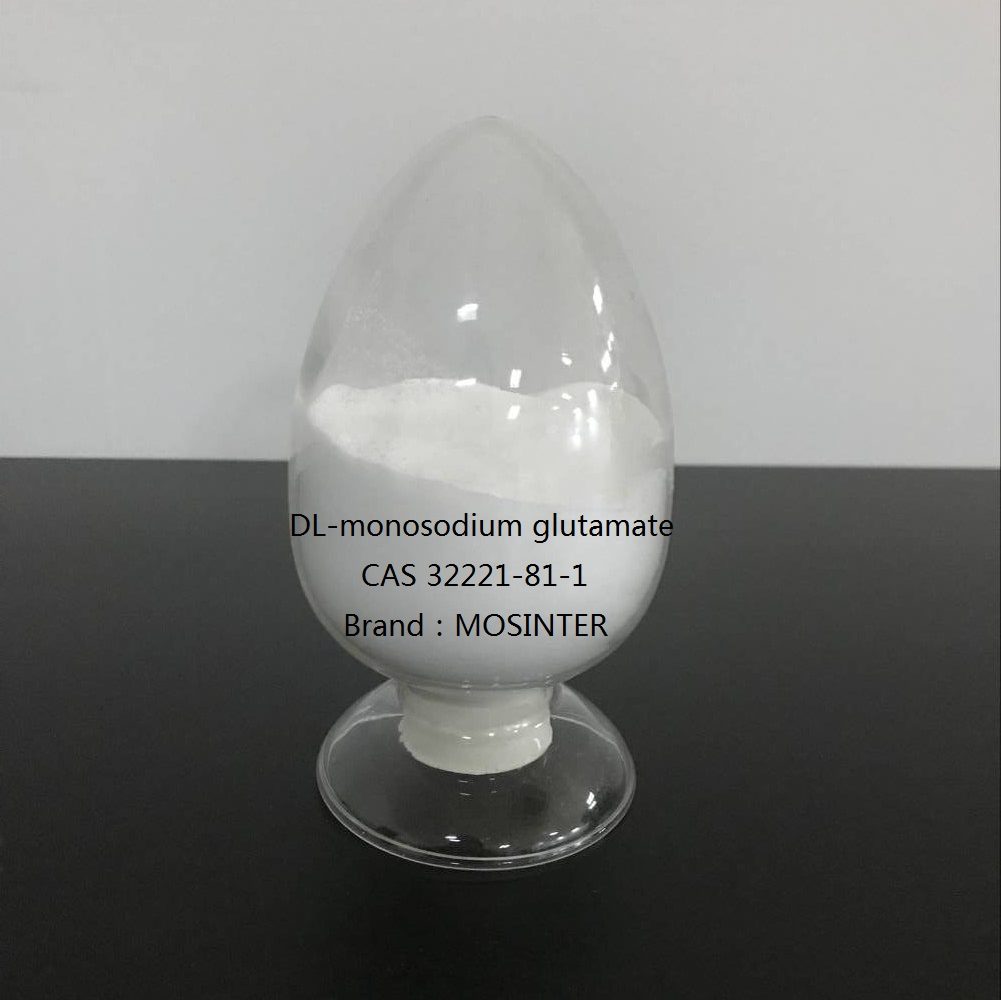
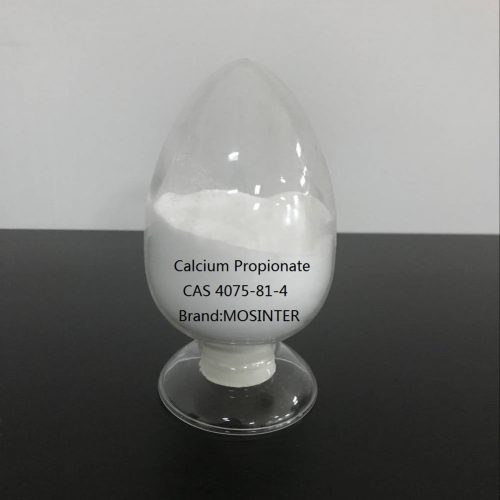
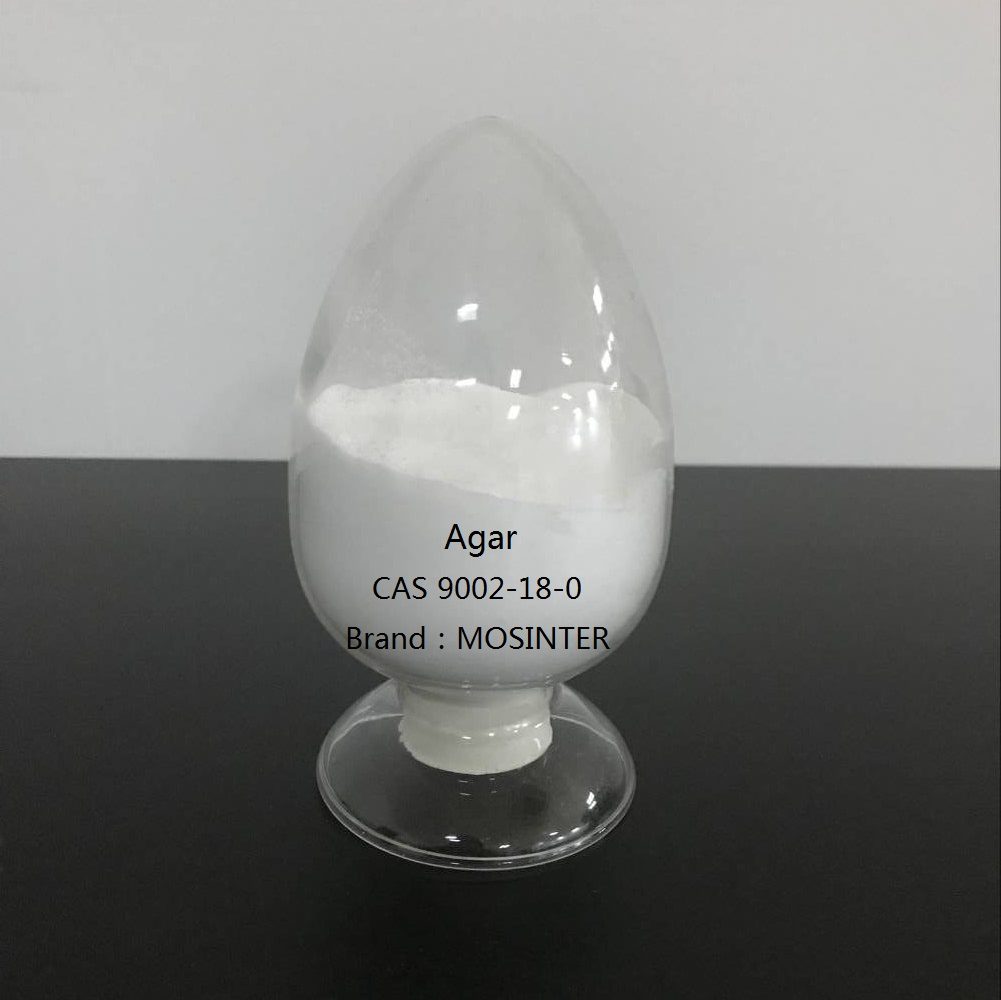
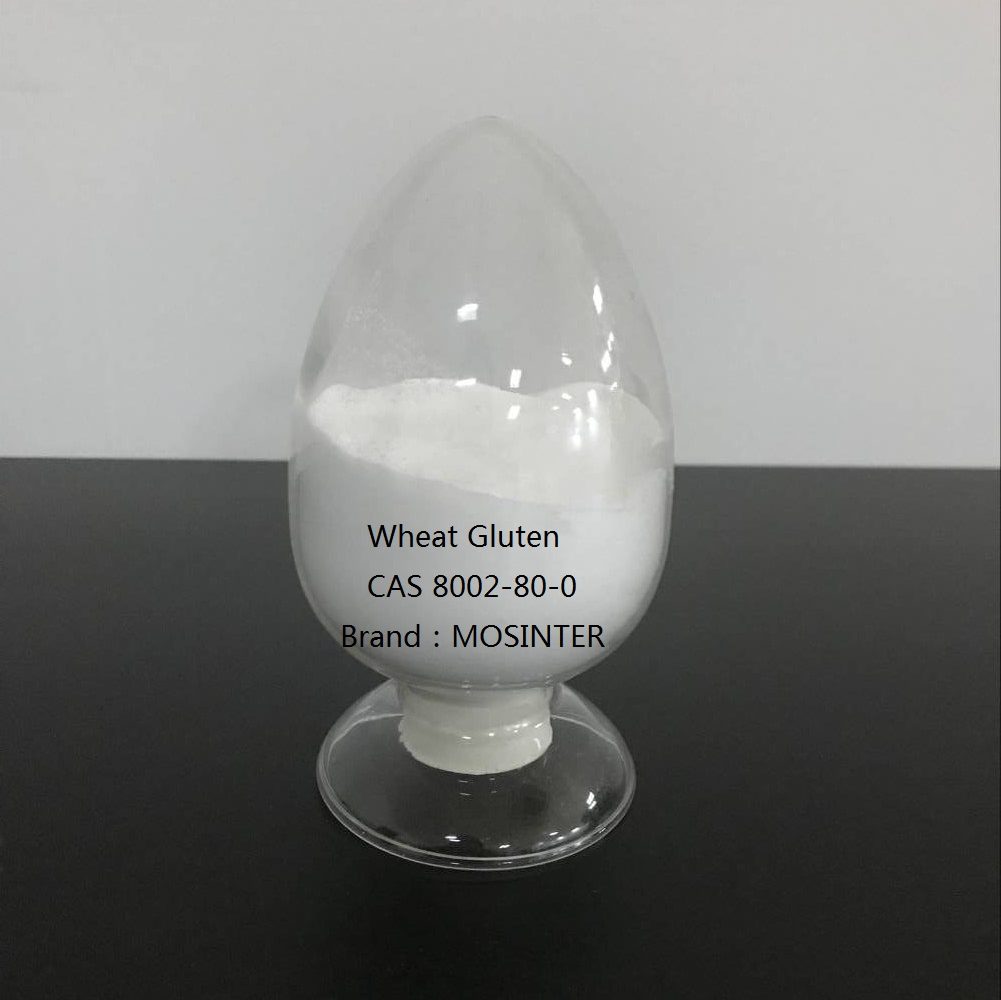
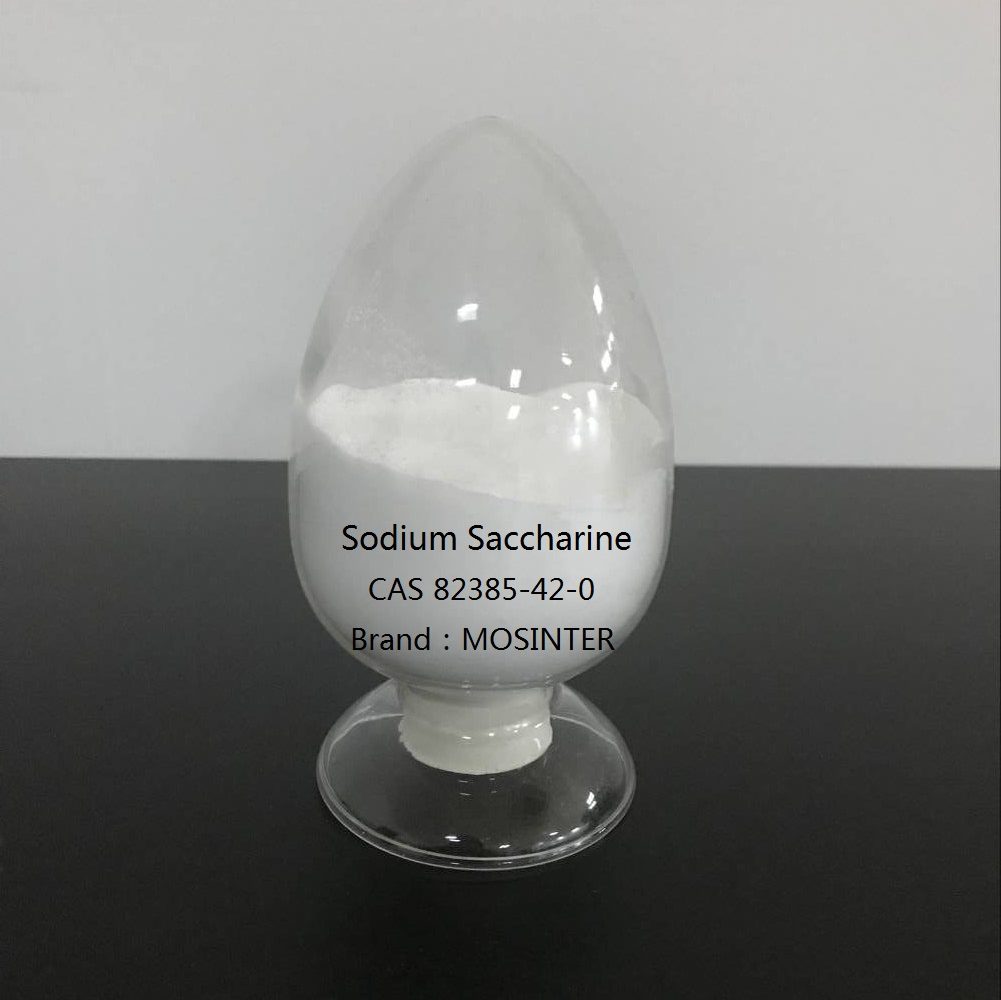
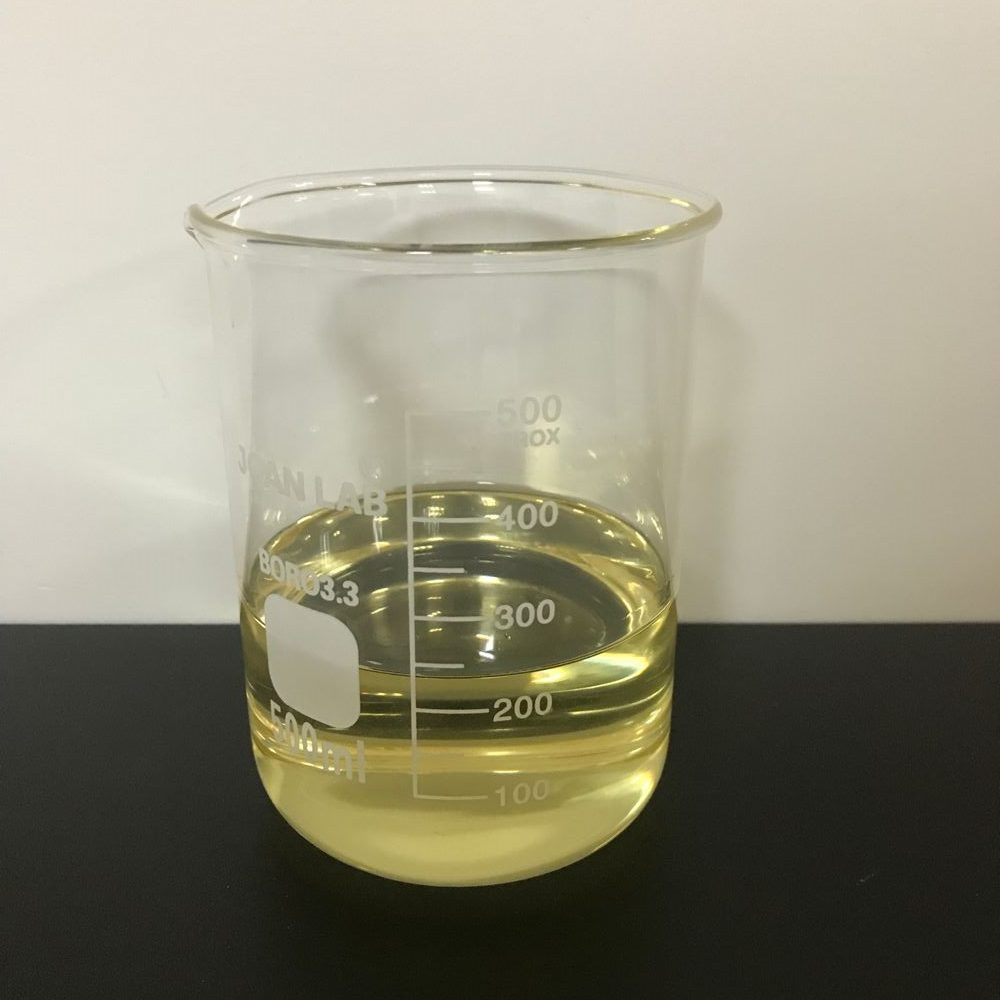
Reviews
There are no reviews yet.